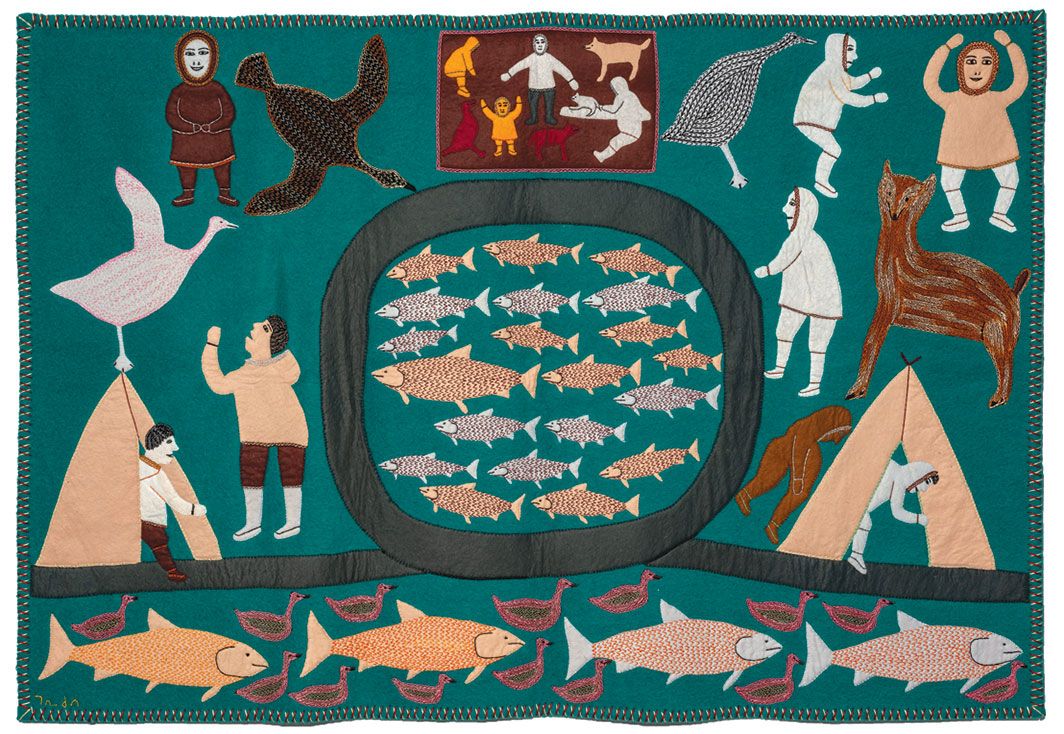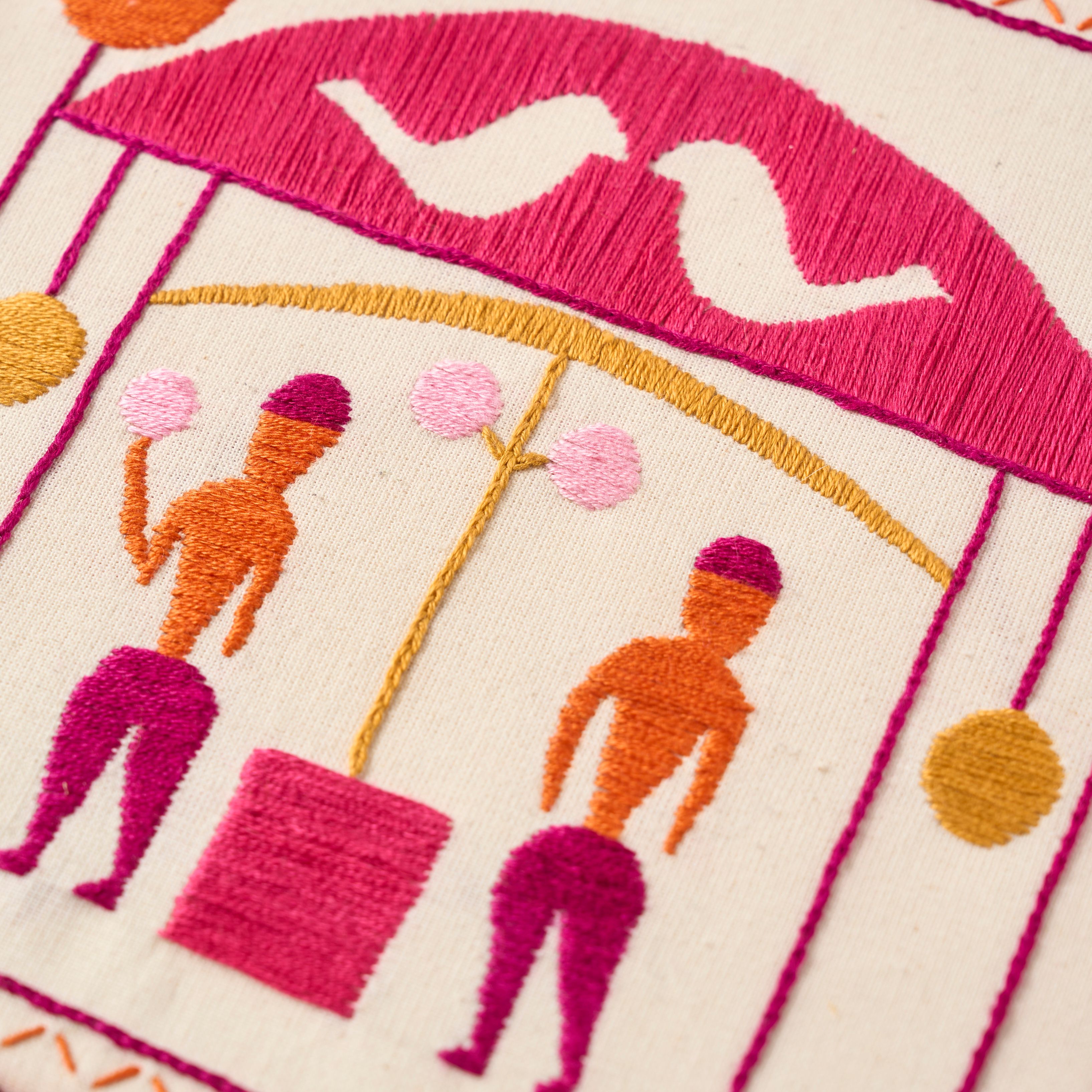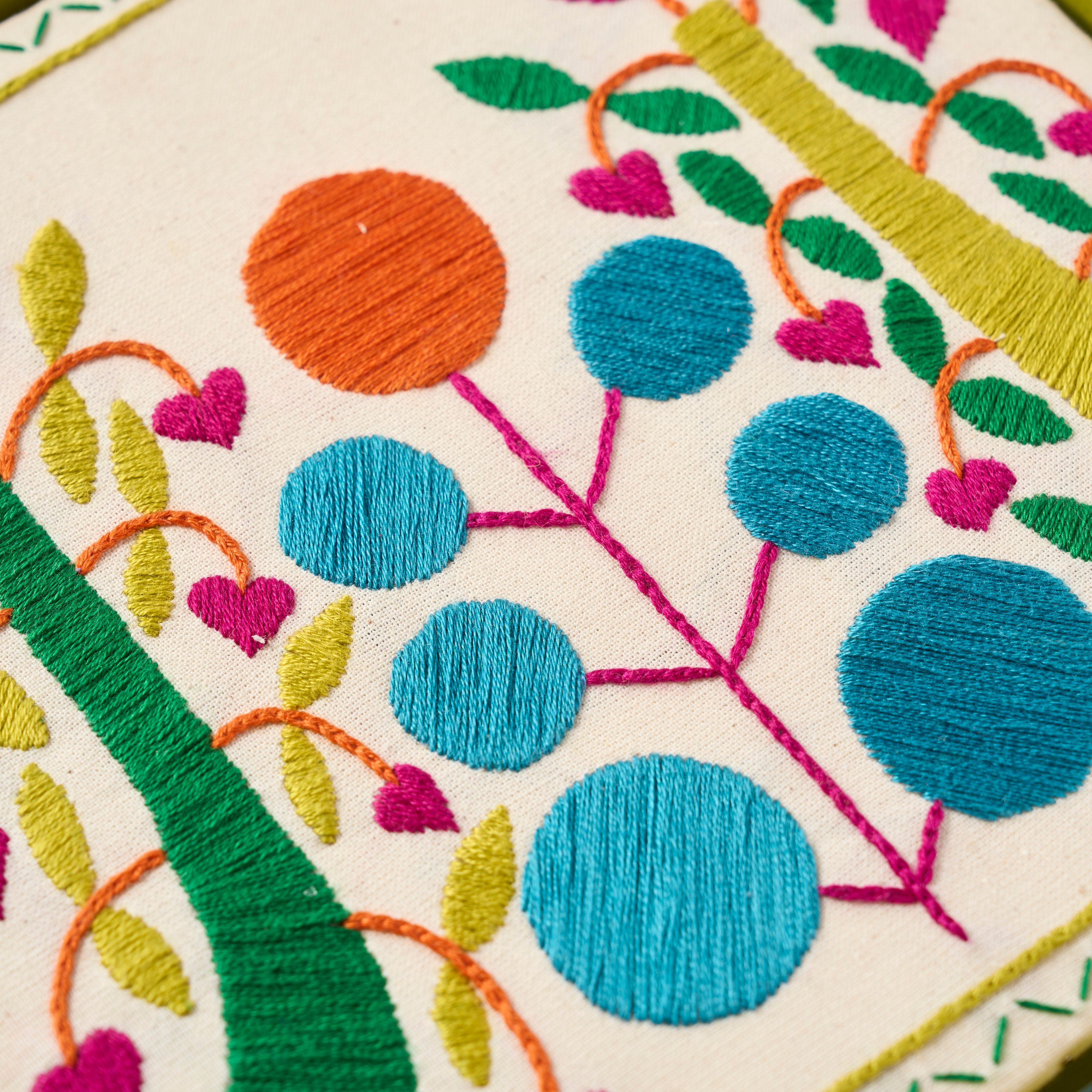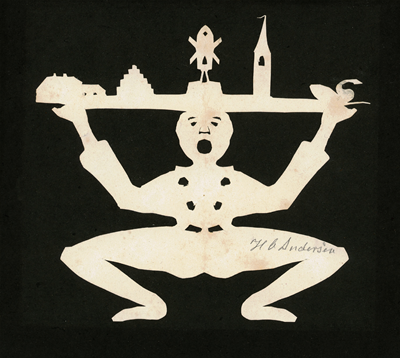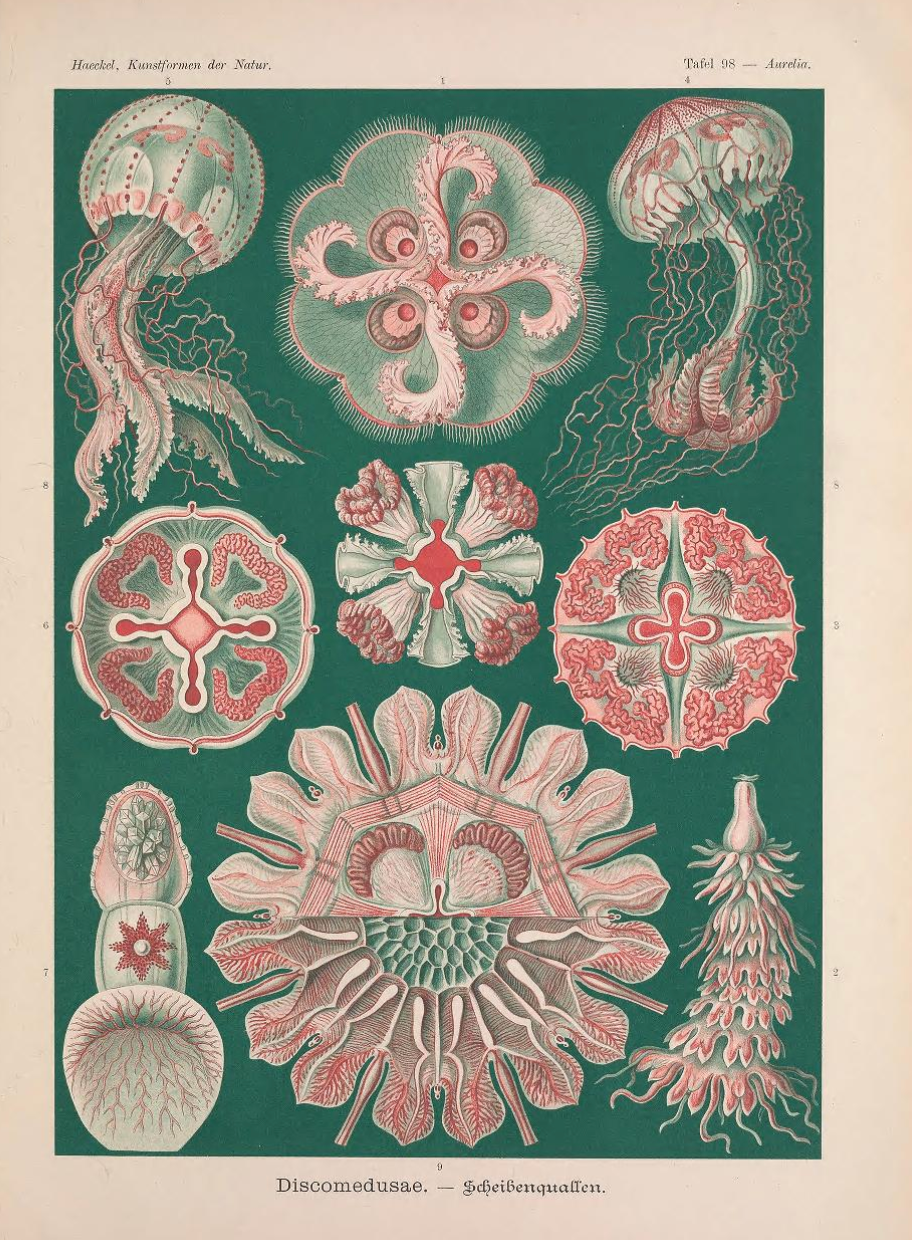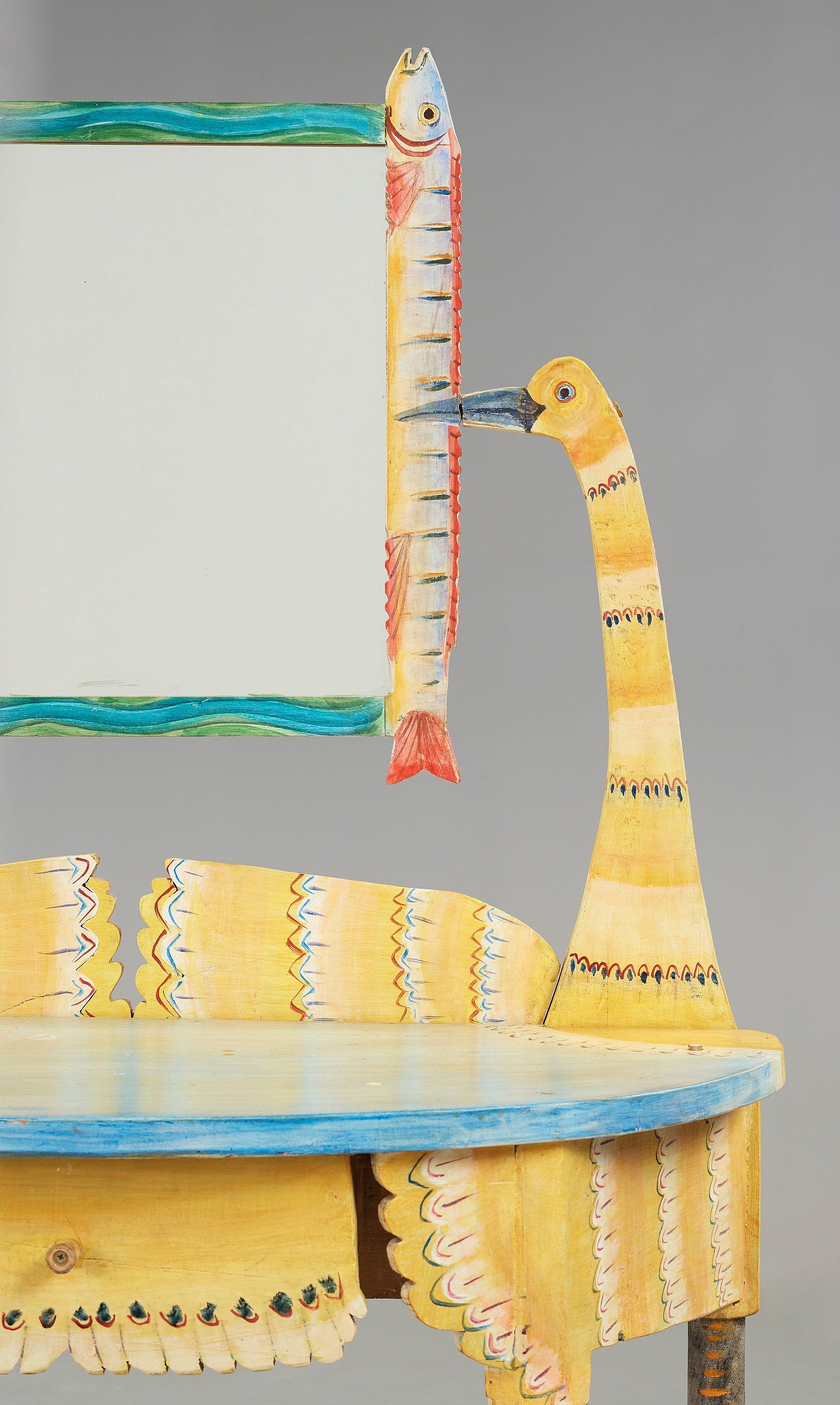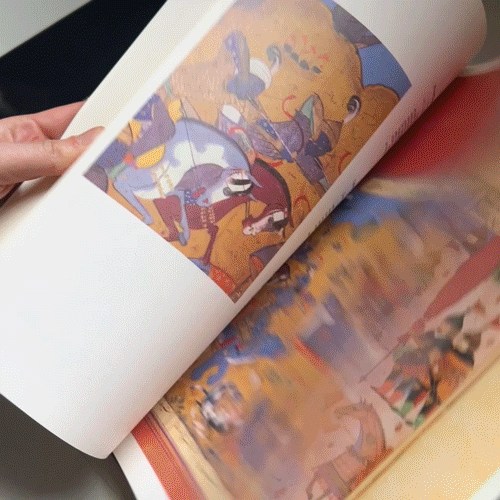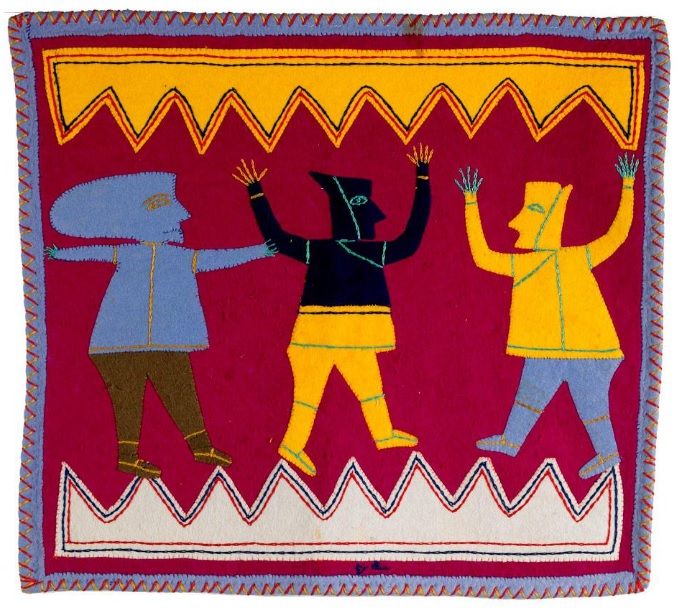
Kanduri Shrine Cloths of Uttar Pradesh

The world of Indian folk art is packed full of intricate patterns, colour, and life. From embroidered cotton kantha cloth in Bengal to hand-painted kalamkari from Andhra Pradesh, Indian textiles come in hundreds of varieties.
Among them is the Kanduri shrine cloth. These square appliqué cloths hail from Uttar Pradesh in Northern India. Although Kanduri shrine cloths are little-known outside India, shrine cloths generally are a tradition the world over. From Tibetan Buddhism to Christianity, all kinds of religions use fabric art in their sacred spaces to show respect to deities and saints, as an offering or as a decoration.


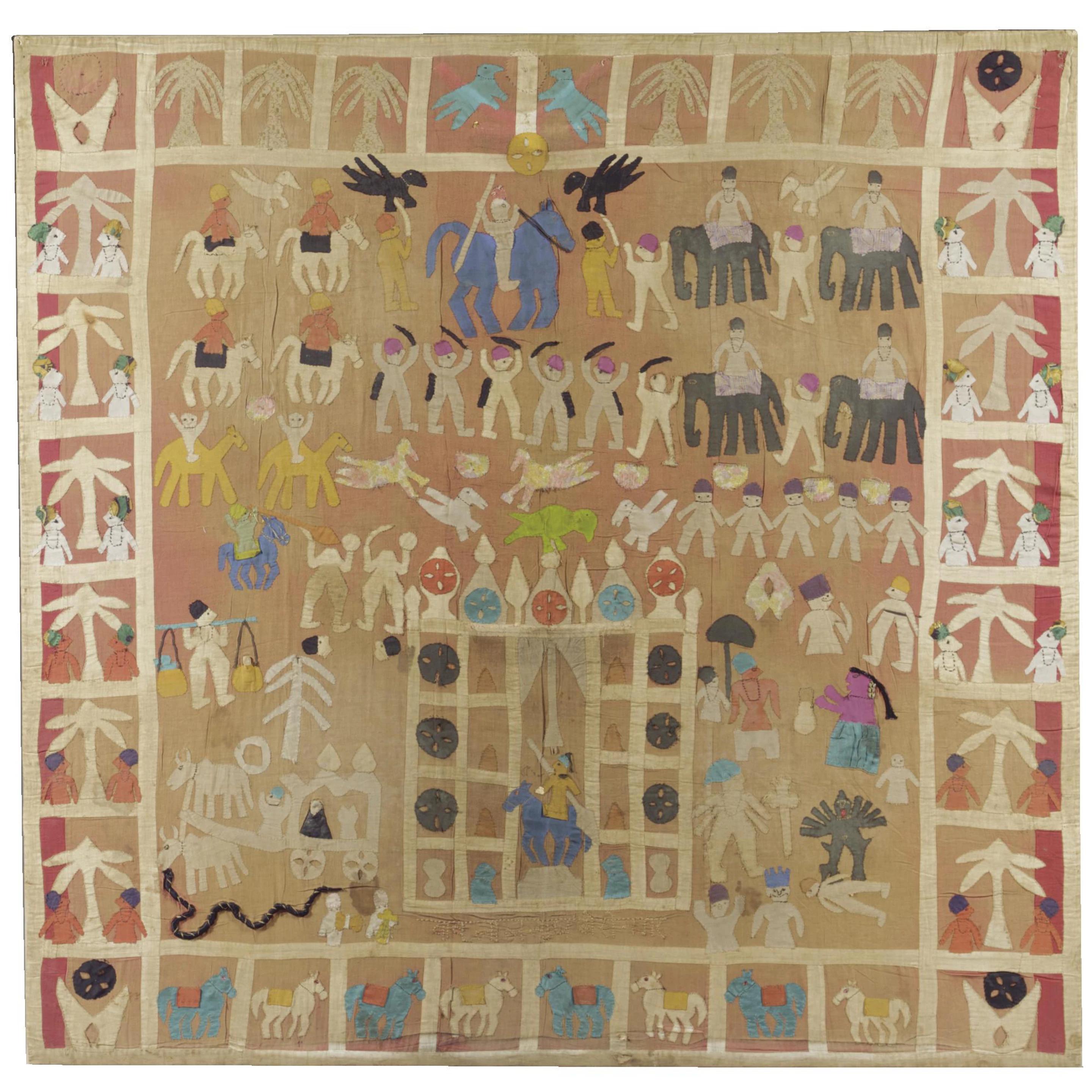
In this particular case, the shrine cloths are part of the area’s tradition of pilgrimage. Every year, thousands of pilgrims flock to the Bharaich area of Uttar Pradesh to pay their respects at the dargah (tomb) of the legendary Muslim warrior prince Salar Masud. The saint is said to have died in battle with the Hindu kshatriya confederacy in the 11th century CE. The anniversary of his death, which falls on Krishna’s birthday, is now the occasion for the exuberant festival of Dargah Mela, an important occasion for both Hindus and Muslims in northern India. Pilgrims leave offerings of food and incense at the Ghazi Saiyyed Salar Masud shrine, including khule ghore (frisky horses), horse-shaped balls of wheat dipped in syrup. Most of these pilgrims are coming to seek healing from the saint, with some of them staying for days or weeks at a time.

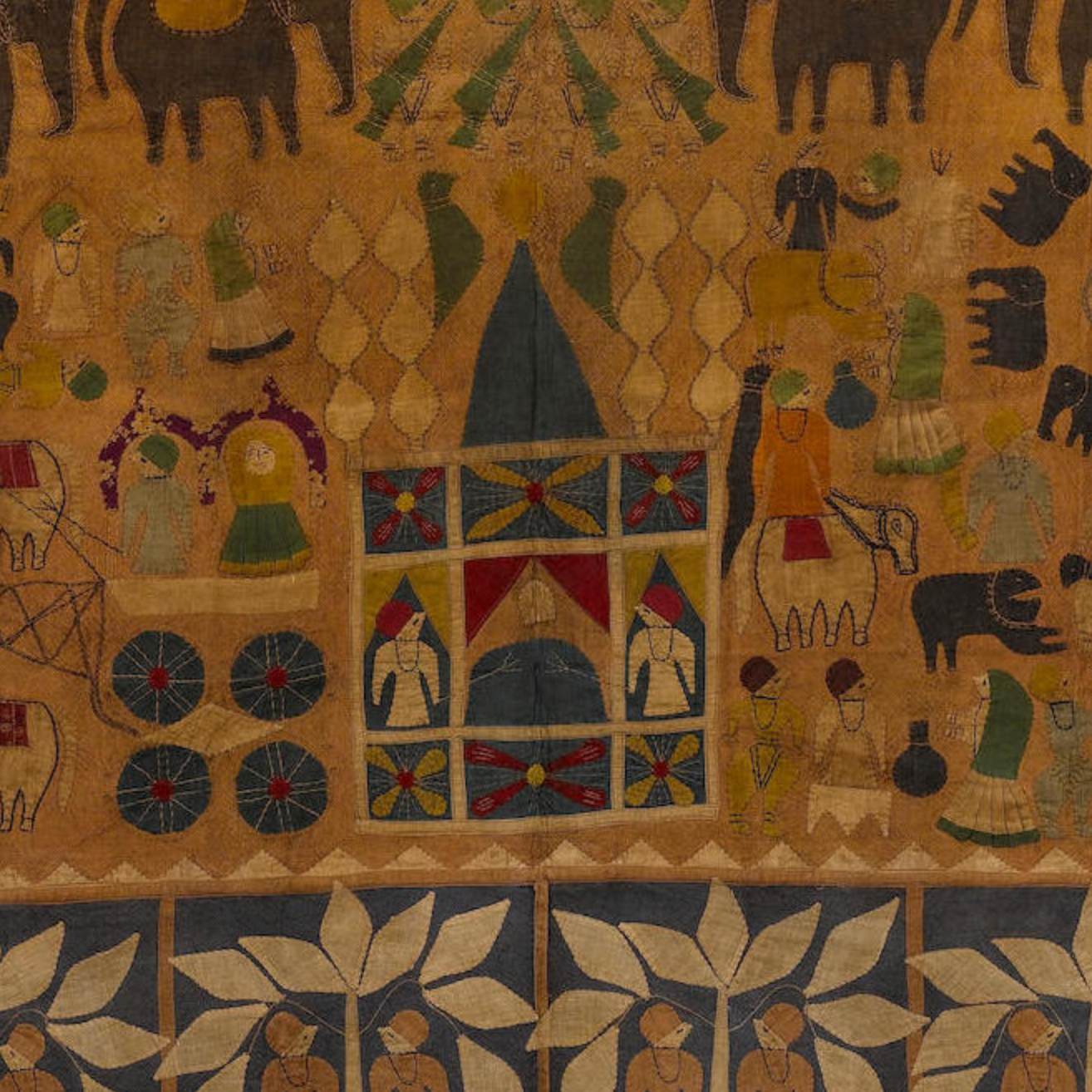
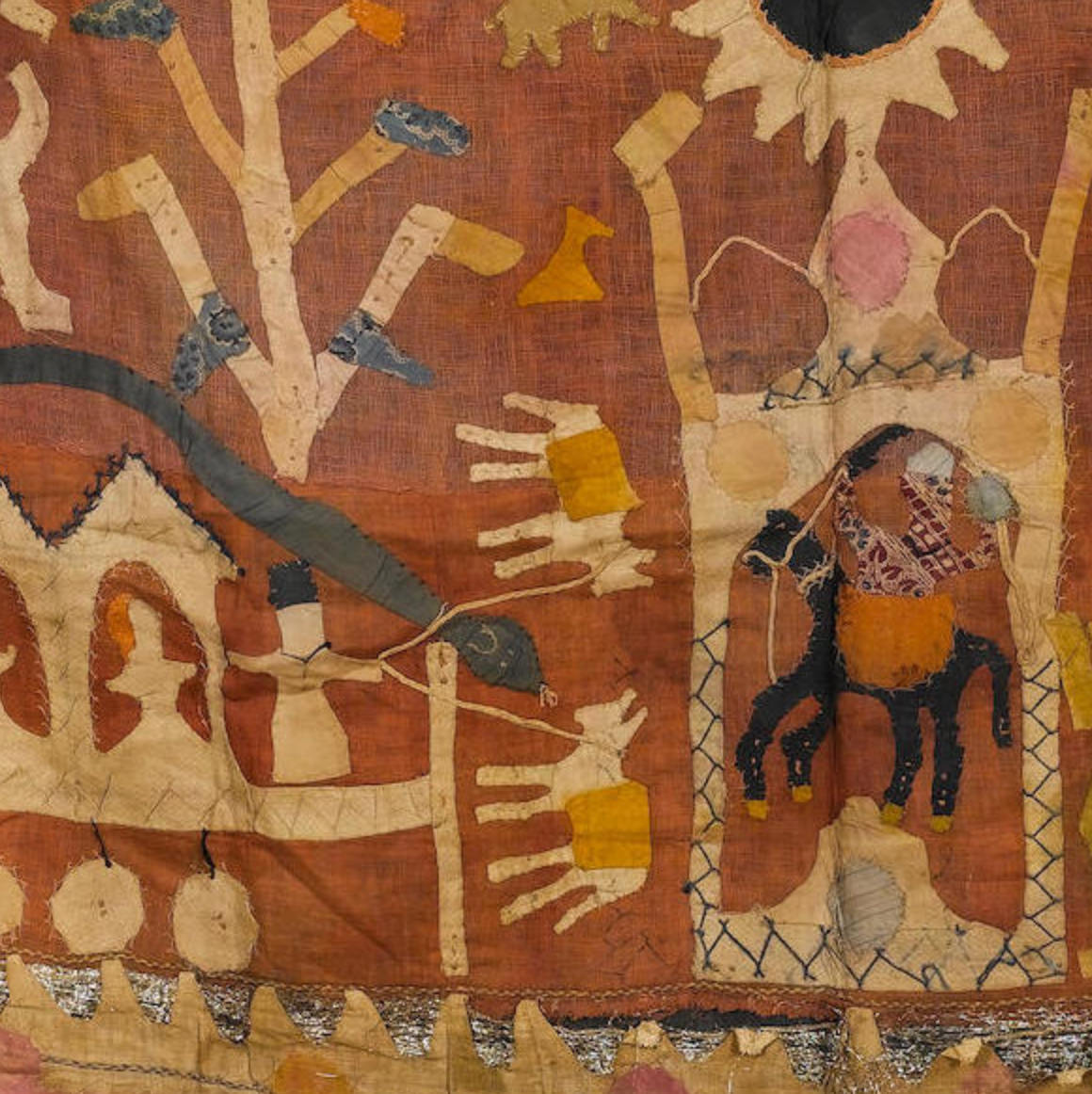
Kanduri cloths are used during the pilgrimage as tablecloths to hold the offerings of food and incense, which is why many examples are stained or burnt. But the cloths are also offerings in themselves. Carefully created to commemorate the maker’s pilgrimage, they show the pilgrim’s commitment to the journey. The careful arrangement of design elements around the border leading into the centre of the cloth gives a wonderful sense of narrative, taking the viewer on a journey of their own.


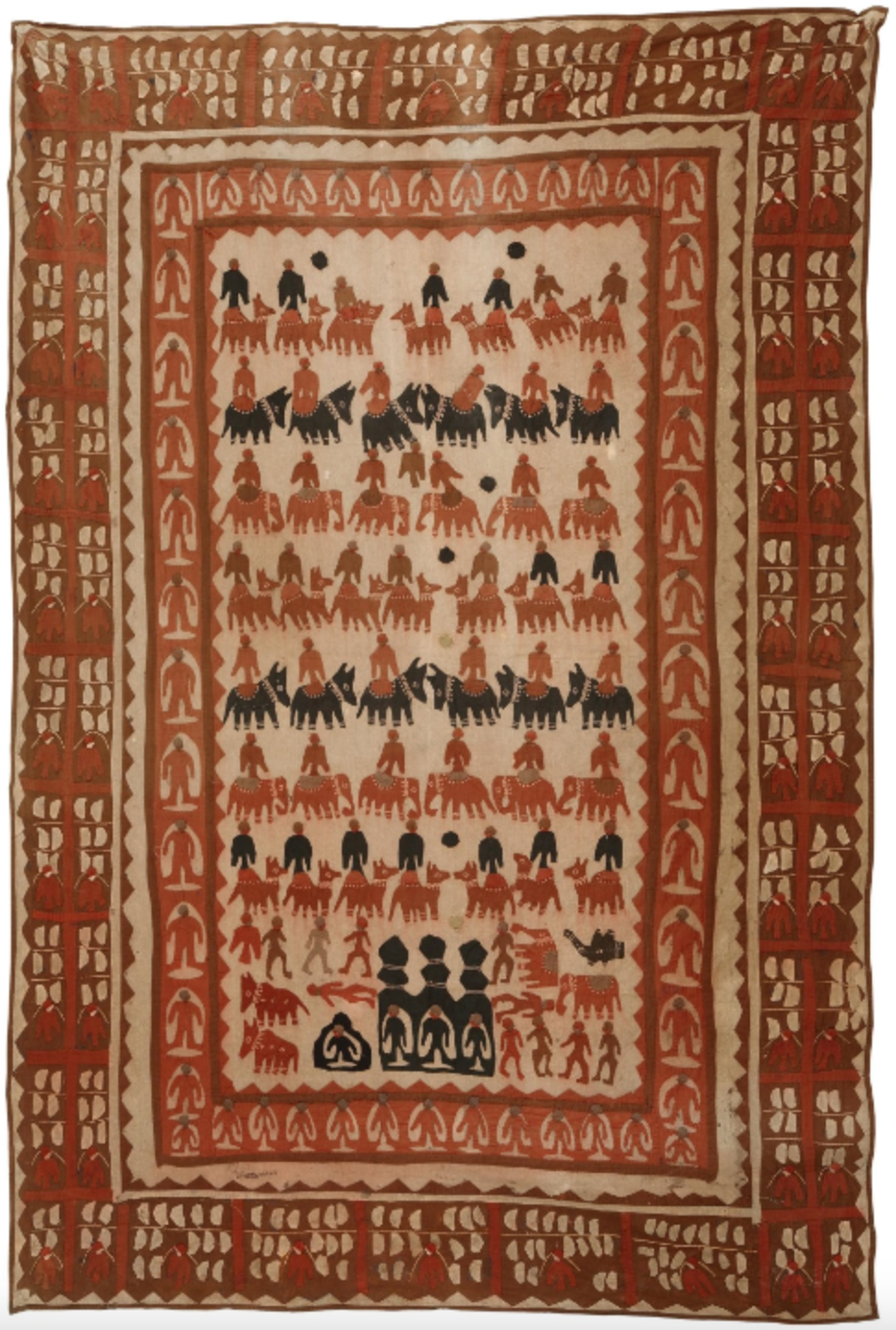
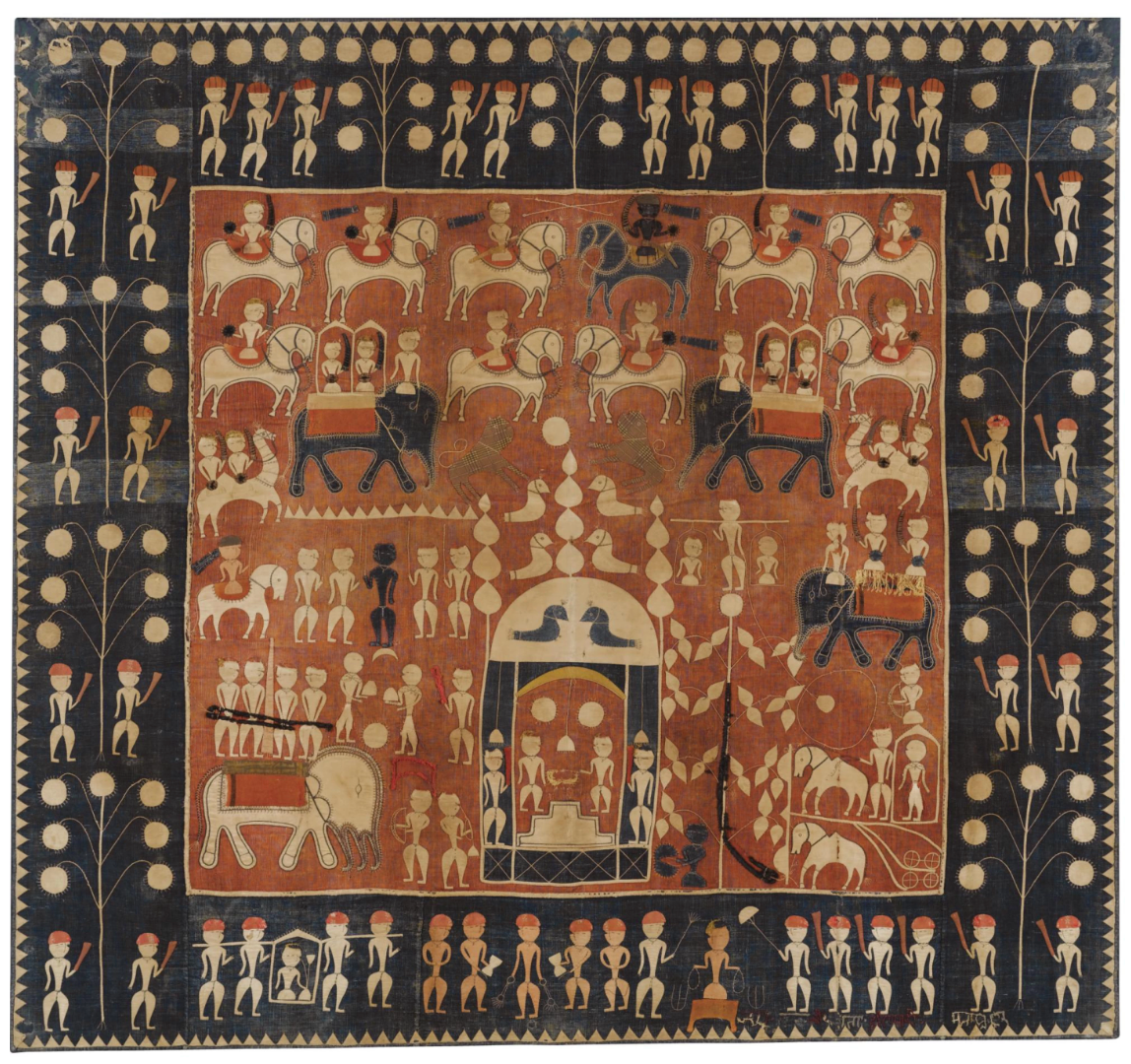

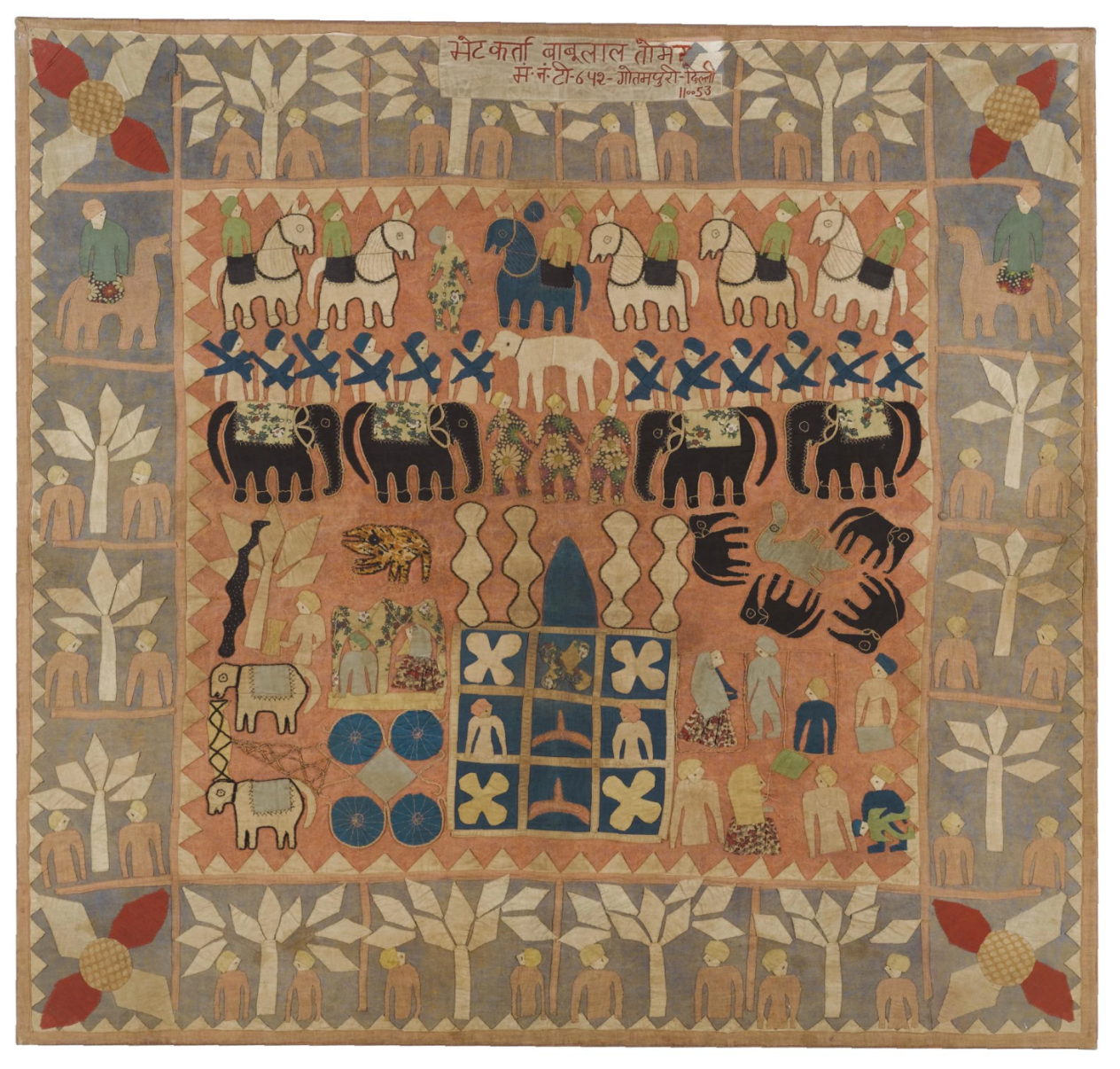
In spite of the physical distance that separates them, kanduri shrine cloths show remarkable similarities not only with other altar cloths from around the world but also with other folk art styles like Inuit appliqué banners. Like Inuit art, their style is simplistic, with block colours and narrow colour palettes. Both types of appliqué banner feature animals, plants and human figures, all elements that have provided a rich source of inspiration for our The Jabberwocky kits.
